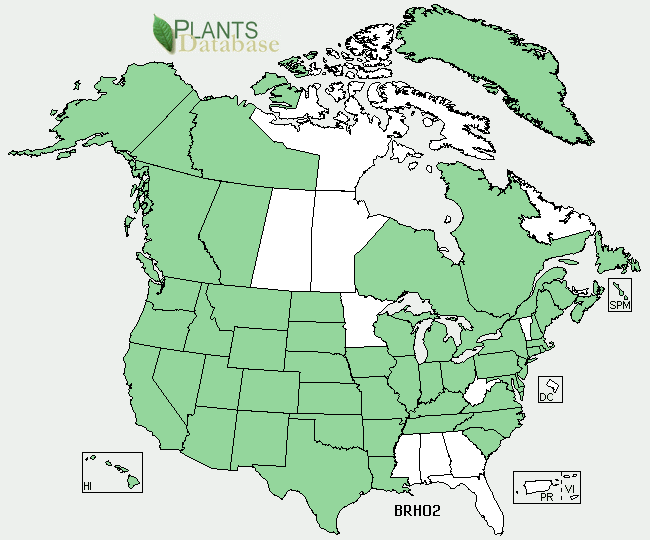
Habitat and Geography
There are a wide variety of geographical distributions that organisms in the vast Brome genus can be found in. For example, they can be found in “Europe, Mediterranean countries, and SW Asia,” but many different species in the Bromus genera can be found in Southwest Asia alone, including Bromus hordeaceus (Oja et al. 2010). Soft chess (a common name of Bromus hordeaceus) can also be found in every western state and province in the U.S. and Canada (DiTomaso et al. 2013). But for the sake of this website, only the general habitat areas will be concentrated on. Over the past one hundred years, Bromus hordeaceus has spread to various habitats worldwide; this organism has been found in oceanic cliffs, maritime dunes, and coastal sand and rocks (Oja et al. 2010), though it is more common for Bromus hordeaceus to be found growing in areas of low-elevation in pastures and meadows where there is arable land (Völler et al. 2013). It has also been stated that Soft brome is common in plains grasslands, annual grasslands, sagebrush communities, western hardwoods, rangeland, disturbed sites, chaparral-mountain shrub, orchards and vineyards (DiTomaso et al. 2013; Howard 1998).
Where in the U.S. and Canada?
California and Southwestern Oregon
Now, Bromus hordeaceus can even be found in areas in Canada and the United States of America, such as California where it has recently become introduced and is a very invasive species (Antolin 2008). Bromus hordeaceus is more common in the "mediterranean areas of California than in Mediterranean Europe" (Howard 1998). Bull grass (one of the common names for Bromus hordeaceus) is also quite common in southwestern Oregon where it is actually important to some communites and organisms, such as some sagebrush communities, especially whenever the dominant grass of a community is Bromus tectorum, more commonly known as Cheatgrass (Howard 1998). Howard also states that annual grasses, like Soft chess, have invaded and replaced almost all of the native prairie from these areas (1998). An interesting fact about the replacement of the native vegetation in this area is that it can occur "in less than two hundred years" (Howard 1998).
Open grasslands
In a study held by Rice and Nagy in 2000, they compared the reproductive rates, competition, and distribution of two species in the Bromus genera, our organism, Bromus hordeaceus, and a its genus relative, Bromus diandrus. In one of their experiments, they came to the conclusion that though the soil beneath oak canopies have very high nutrient levels of Phosphorus, Nitrogen, Potassium, and Calcium in comparison to open grasslands, Bromus hordeaceus is much more abundant in open grasslands and its relative, Bromus diandrus is much more abundant beneath oak canopies (Rice and Nagy 2000). In another experiment, they tested to see which environment caused each grass to have a better reproductive success. They found that Bromus hordeaceus could almost barely reproduce beneath the canopies, but had very high reproductive rates in the open grasslands that were tested, and the results for Bromus diandrus were the complete opposite (Rice and Nagy 2000).
How does it invade new areas?
Bromus hordeaceus can invade new habitats because it is not very specialized in its habitat requirements other than its need for cultivable soil, so it is able to grow in many different plots and regions (Andersson et al. 2002; Völler et al. 2013). According to research done by Andersson et al. in 2000, Bromus hordeaceus does not fully meet the requirements to be labeled as a weedy grass species, but according to two other sources, it is an annual grass weed (Ainouche et al. 1999: Howard 1998).
Return to Homepage Move on to Interactions!
Go to MultipleOrganisms.net!
